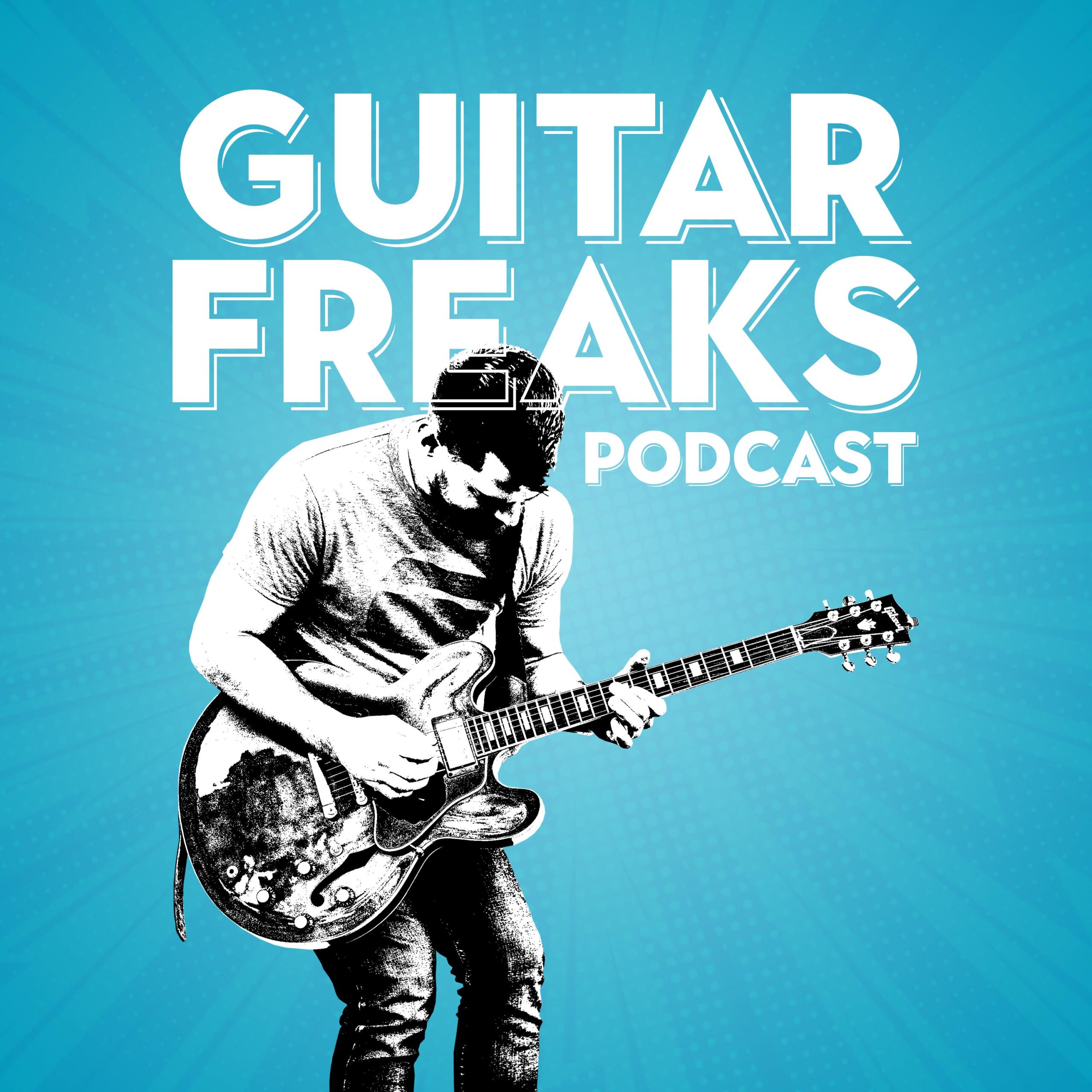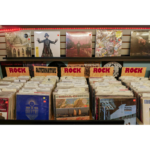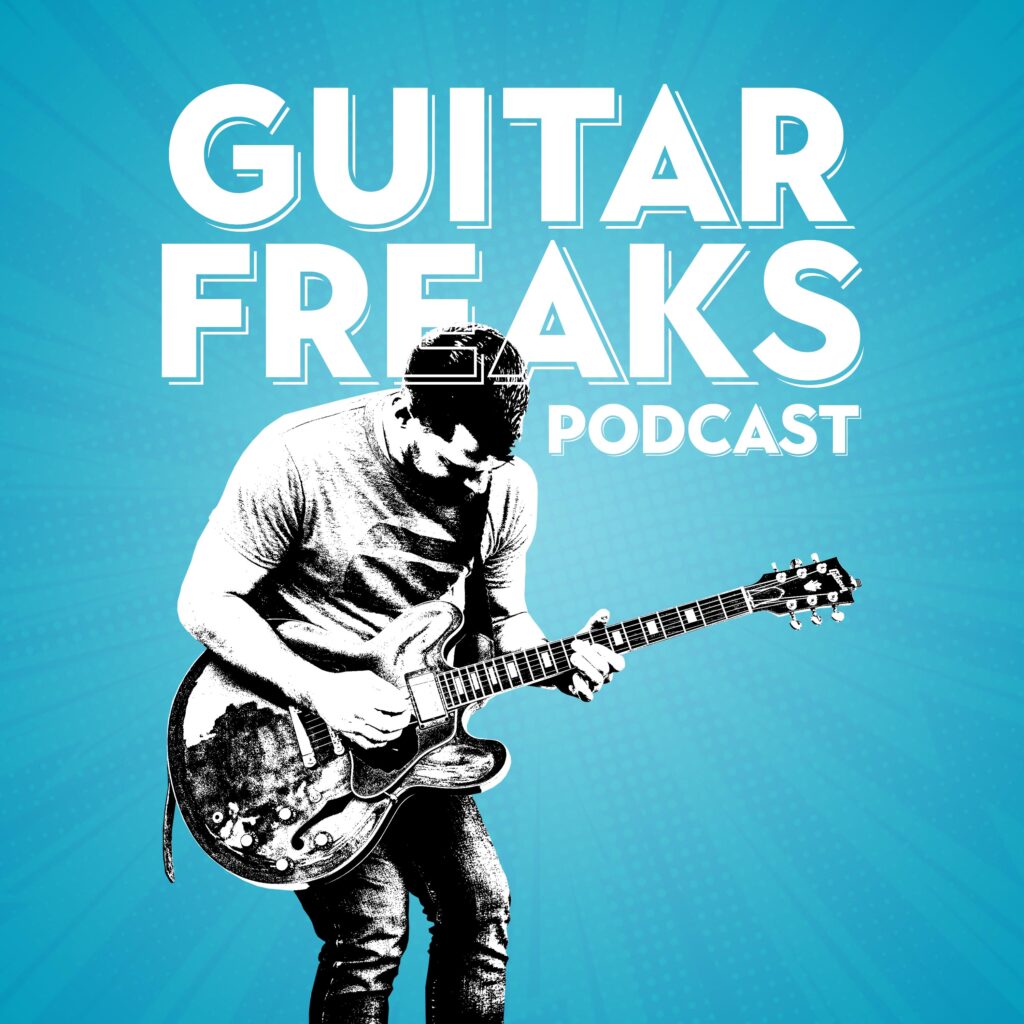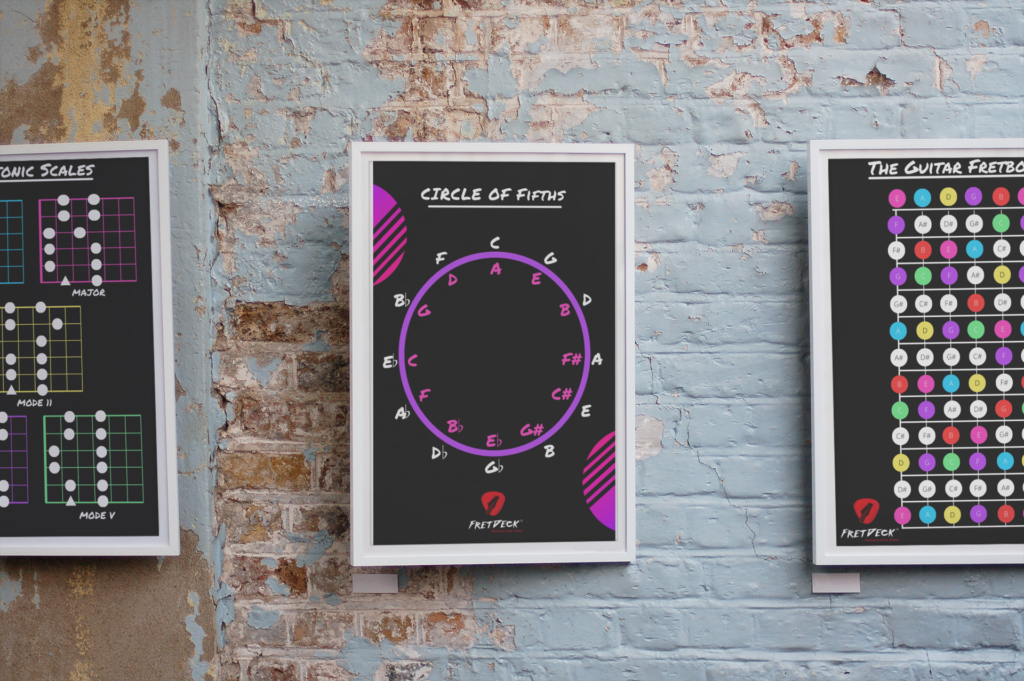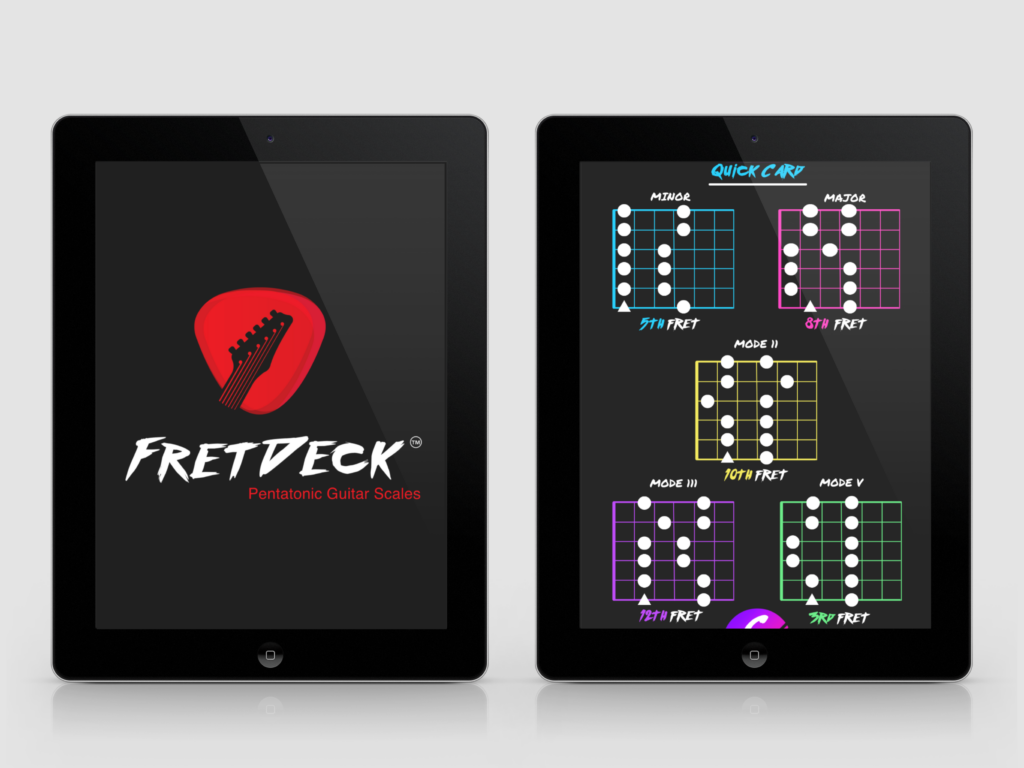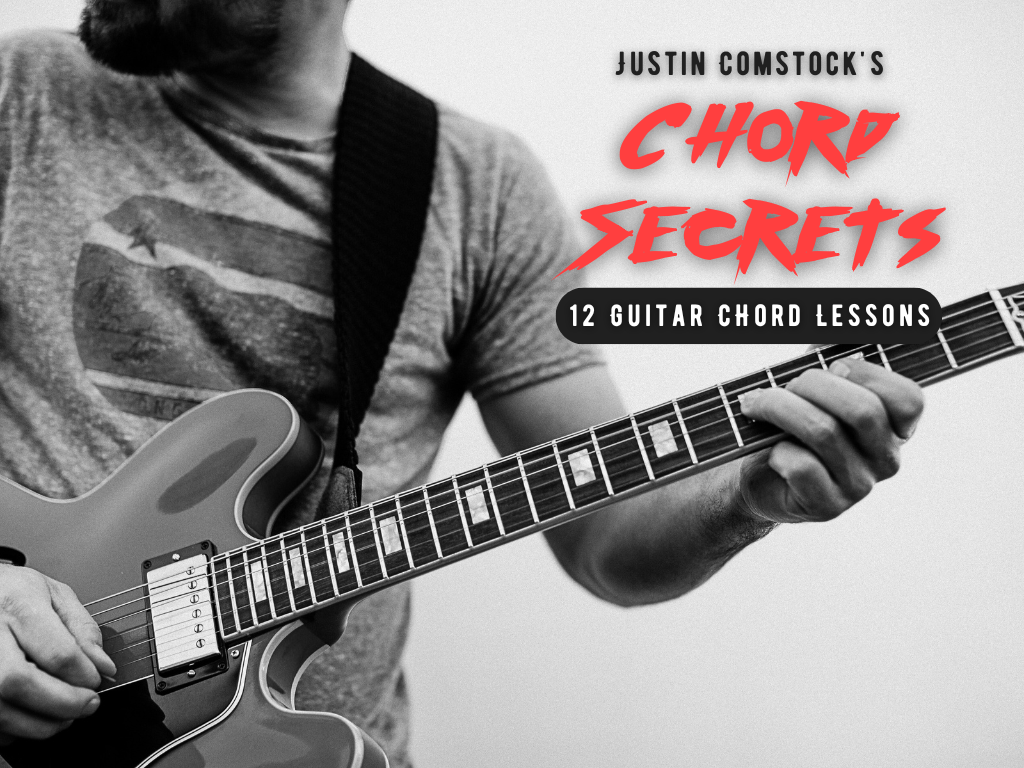Learning guitar doesn’t have to feel like climbing a mountain. In fact, some of the most iconic songs of all time were built on simple guitar chords—chords so approachable that even beginners can play them with ease. These foundational shapes are your gateway to rhythm, harmony, and the pure joy of making music.
In this guide, I’ll walk you through 10 essential open chords, share tips for transitioning between them smoothly, and sprinkle in some practical advice to help you get the most out of these shapes. Grab your guitar, take a deep breath, and let’s get started.
What Are Open Chords (a.k.a. Simple Guitar Chords)?
Open chords are the backbone of beginner guitar playing. They’re called “open” because they involve open strings (strings you don’t press down). This gives them a rich, resonant sound that’s perfect for strumming songs like “Sweet Home Alabama” or “Knockin’ on Heaven’s Door.”
These simple guitar chords only require a few fingers, so you can focus on developing your strumming and timing without worrying about complex shapes.
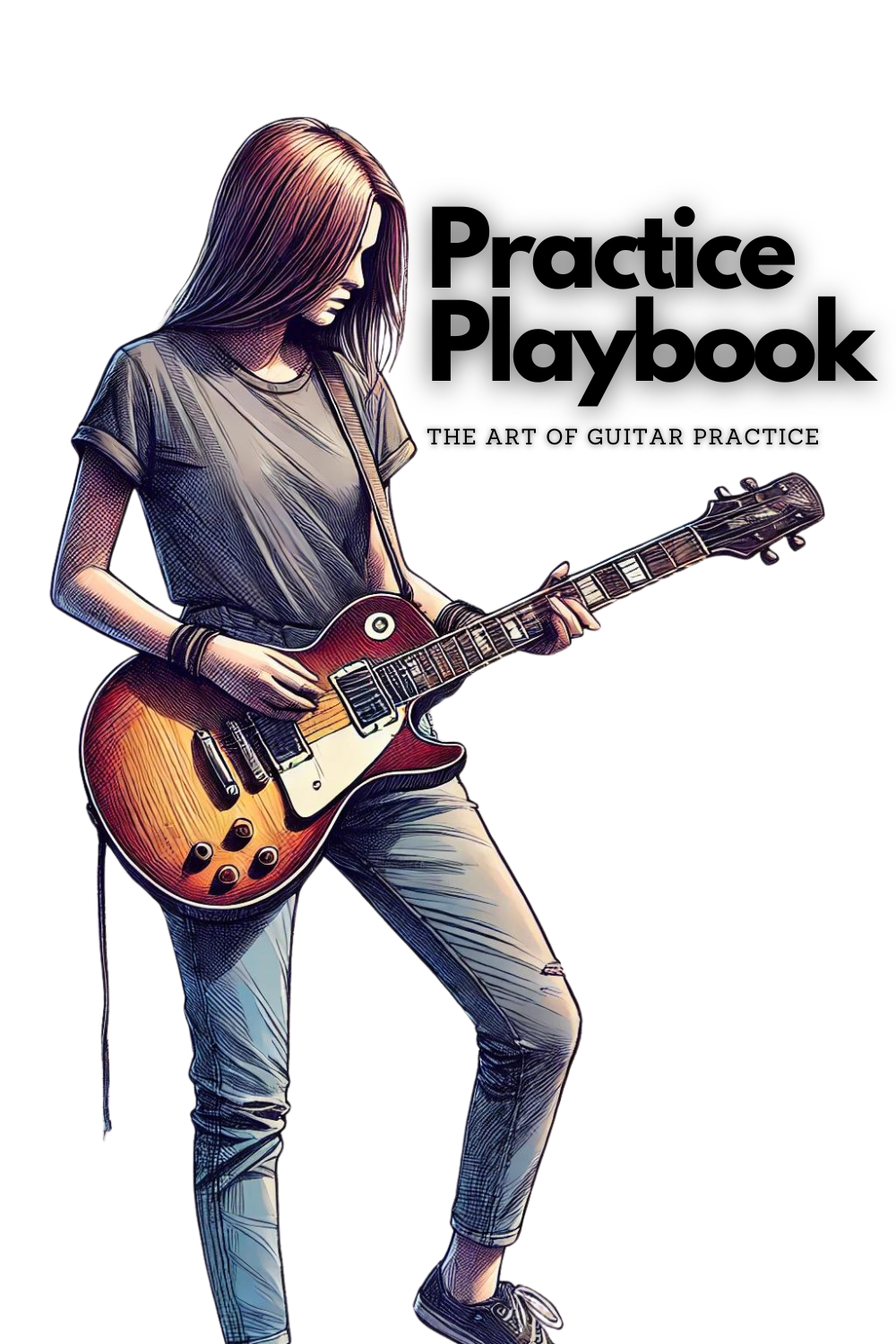
Download the the Practice Playbook!
Practice Playbook is a powerful guide designed to take your guitar practice sessions to the next level. Whether you’re just starting out or looking to sharpen your skills, this playbook gives you everything you need to practice smarter, not harder. With 20 unique guitar practice prompts, 10 highly effective practice methods, and 10 expertly designed practice routines, you’ll have a structured path to real progress.
Download Now
The 10 Must-Know Simple Guitar Chords
Here’s the lineup of chords that will form the foundation of your playing.
1. G Major
- Fingering:
- Place your middle finger on the 3rd fret of the low E string.
- Index finger on the 2nd fret of the A string.
- Ring finger on the 3rd fret of the high E string.
- Pro Tip: Use the pad of your middle finger to lightly mute the A string if needed.
2. C Major
- Fingering:
- Ring finger on the 3rd fret of the A string.
- Middle finger on the 2nd fret of the D string.
- Index finger on the 1st fret of the B string.
- Pro Tip: Keep your hand relaxed and make sure your index finger presses just behind the fret.
3. D Major
- Fingering:
- Index finger on the 2nd fret of the G string.
- Ring finger on the 3rd fret of the B string.
- Middle finger on the 2nd fret of the high E string.
- Pro Tip: Strum only the bottom four strings to avoid muddying the sound.
4. E Minor (Em)
- Fingering:
- Middle finger on the 2nd fret of the A string.
- Ring finger on the 2nd fret of the D string.
- Pro Tip: This is one of the easiest shapes—strum all six strings and let it ring out.
5. A Major
- Fingering:
- Place your index, middle, and ring fingers on the 2nd fret of the D, G, and B strings, respectively.
- Pro Tip: If it feels cramped, try using just two fingers (index and middle) and barre the notes.
6. E Major (E)
- Fingering:
- Middle finger on the 2nd fret of the A string.
- Ring finger on the 2nd fret of the D string.
- Index finger on the 1st fret of the G string.
- Pro Tip: This chord is identical to Em, but with an extra note for a fuller sound.
7. A Minor (Am)
- Fingering:
- Middle finger on the 2nd fret of the D string.
- Ring finger on the 2nd fret of the G string.
- Index finger on the 1st fret of the B string.
- Pro Tip: Am has a melancholy vibe, making it a great fit for slower songs.
8. D Minor (Dm)
- Fingering:
- Index finger on the 1st fret of the high E string.
- Middle finger on the 2nd fret of the G string.
- Ring finger on the 3rd fret of the B string.
- Pro Tip: Strum only the bottom four strings for clarity.

Download the the Practice Playbook!
Practice Playbook is a powerful guide designed to take your guitar practice sessions to the next level. Whether you’re just starting out or looking to sharpen your skills, this playbook gives you everything you need to practice smarter, not harder. With 20 unique guitar practice prompts, 10 highly effective practice methods, and 10 expertly designed practice routines, you’ll have a structured path to real progress.
Download Now
9. G7
- Fingering:
- Ring finger on the 3rd fret of the low E string.
- Middle finger on the 2nd fret of the A string.
- Index finger on the 1st fret of the high E string.
- Pro Tip: G7 adds a touch of bluesy tension, making it a versatile addition to your toolkit.
10. Cadd9
- Fingering:
- Ring finger on the 3rd fret of the B string.
- Middle finger on the 2nd fret of the D string.
- Pinky on the 3rd fret of the high E string.
- Pro Tip: This chord is a great substitute for C major when you want a brighter, more modern sound.
Tips for Transitioning Between Chords
Smooth transitions are key to making your playing sound polished. Here’s how to get there:
- Practice Common Progressions:
Start with progressions like G – C – D or Am – G – C – F. These are staples in countless songs. - Anchor Your Fingers:
Look for fingers that can stay in place while switching chords. For example, moving from C to Am only requires shifting one finger. - Slow It Down:
Play each chord slowly, focusing on clean transitions. Speed will come naturally as you build muscle memory. - Strum Without Pressing:
Strum while moving your fingers between chord shapes without fully pressing the strings. This builds coordination.
How These Simple Guitar Chords Unlock Songs
With just these 10 chords, you’ll be able to play hundreds of songs. For example:
- “Knockin’ on Heaven’s Door” (G, D, Am, C)
- “Sweet Caroline” (G, C, D)
- “Horse with No Name” (Em, D6add9)
Each chord is like a puzzle piece, and when you start combining them, you’re building your own musical world.
Conclusion: Your First Step into Guitar Mastery
These simple guitar chords aren’t just the basics—they’re the building blocks for everything you’ll play as a guitarist. Take your time, enjoy the process, and remember: every legendary player started with these same shapes.
Ready to show off your progress or get advice from fellow guitarists? Join the Guitar Freaks Hangout on Discord! Share your chord progressions, learn new tips, and connect with a community of passionate players just like you. See you there! 🎸
For more beginner-friendly tips, check out our guide on Mastering The Guitar Beginner Chord Chart to enhance your understanding of chord shapes and improve your playing.
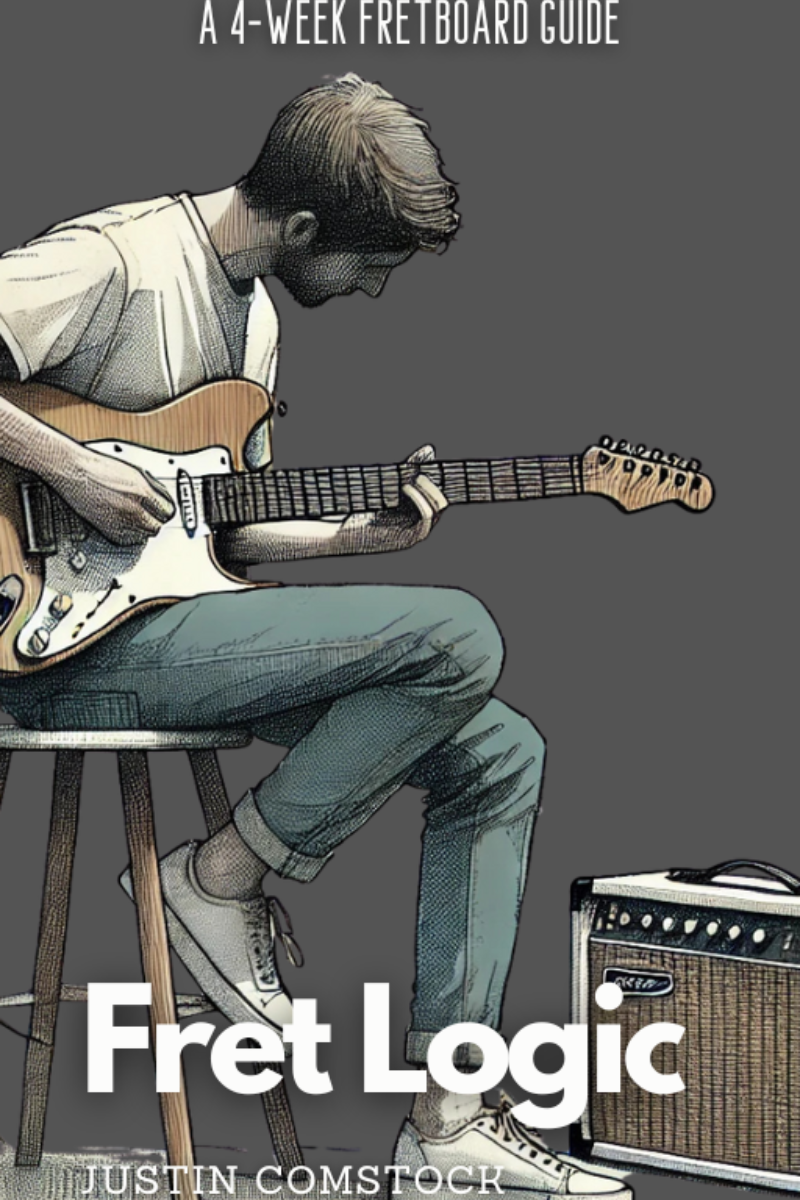
Join Guitar Freaks Hangout on Discord! 🎸
Get Fret Logic FREE!
Join the Guitar Freaks Hangout Discord and get exclusive access to my entire e-book, Fret Logic! Master the fretboard and elevate your solos with this comprehensive guide.
👉 Don’t miss out—join now and download your free copy!
